691 tulosta löytyi
Skip results of view Uutiset
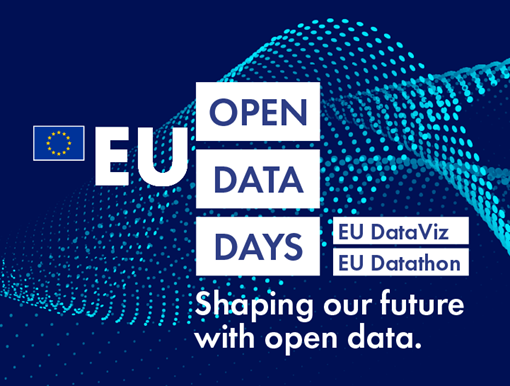
Last November, the Publications Office of the European Union organised the EU Open Data Days . Over the three days (23 – 25 November 2021), the event showed the benefits of open data to more than 2300 EU public sector representatives, citizens and businesses under the main theme: ‘ shape our future with open data’. Over 70 speakers from across the world took the floor in six thematic sessions . Each of these sessions provided an overview of innovative techniques and best practices used in both the private and public sector. Moreover, they offered the participants valuable insights into open

Data Economy Alps Strategy (DEAS) is an EU project that is led by Regione Veneto and aims to stimulate market competitiveness and new businesses in the Alpine Space. To do this, the project will improve the value and use of open data for public services and enterprises; increase the market competitiveness of the Alpine region in the environment, tourism and culture, and mobility sectors through the exploitation of open data; and improve the Alpine Digital Agenda . By doing this, the DEAS project will strengthen and reinforce the impact of the EU Digital Single Market Strategy and Action Plan
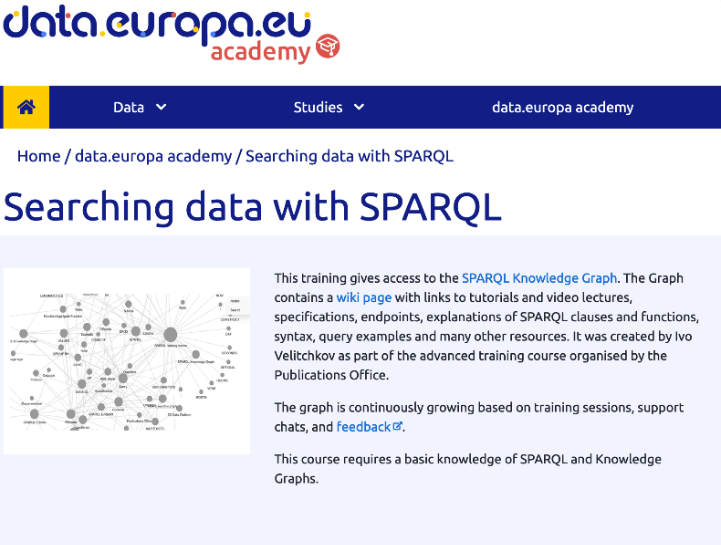
On July 2022, the data.europa.eu team updated the data.europa academy course titled ‘ Searching data with SPARQL ’. The learning objectives of this course are to: Gain an overview of SPARQL in the context of European Union data and beyond; Learn more about specific SPARQL syntax, endpoints, and editors; and Build up on previous understanding of knowledge graphs. To achieve these objectives, users completing the training are given access to the SPARQL Knowledge Graph . This graph contains a wiki page linking to several tutorials and video lecturers, specifications, endpoints, explanations of

The International Data Week is a landmark event by the Committee on Data and the World Data System of the International Science Council and the Research Data Alliance . The annual event aims to gather scientists, researchers, industry leaders, entrepreneurs, policymakers and data stewards from various disciplines across the globe to discuss: the role of data in scientific research and creation and how findings are communicated; opportunities in the data revolution for global research and cross-collaboration; innovations in data science and data stewardship; and the challenges of developing a

On April 2022, the Open Data Institute (ODI) announced that they will be working with a Consortium of water companies in the United Kingdom, led by Northumbrian Water , on a new project ‘ Stream ’. This project aims to transform customer services in the water sector through a platform that facilitates the exchange of (open) data. To achieve this goal, the project’s Consortium will develop a new open data sharing platform to facilitate the exchange of data between private companies and public institutions in the United Kingdom. This will enable water companies, utility providers, public
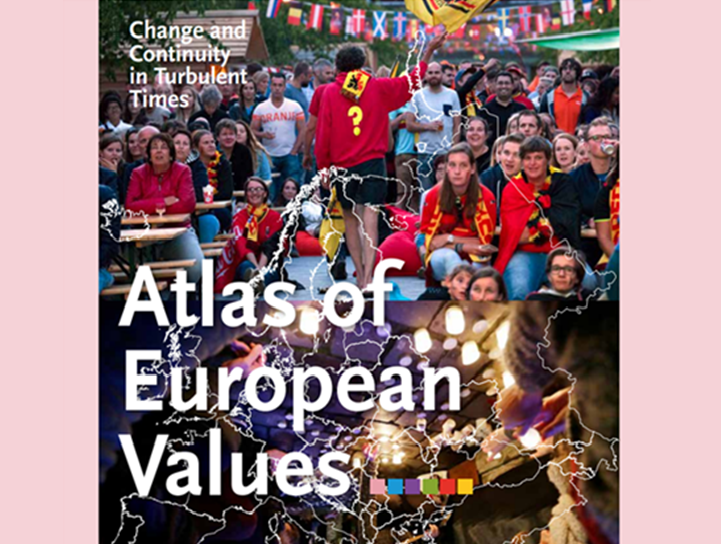
On Europe Day (9 May 2022), the first copy of the third edition of the Atlas of European Values , titled ‘ The Atlas of European Values: Change and Continuity in Turbulent Times ’, was presented in the House of the Dutch Provinces in Brussels, Belgium. This publication was presented by the report’s authors and Tilburg University ’s rector magnificus Wim van de Donk to Robert de Groot, the representatives of the Netherlands to the European Union. A key feature of the European Value Atlas is the interactive map, charts and graphs. These visuals use data to illustrate topics such as migration
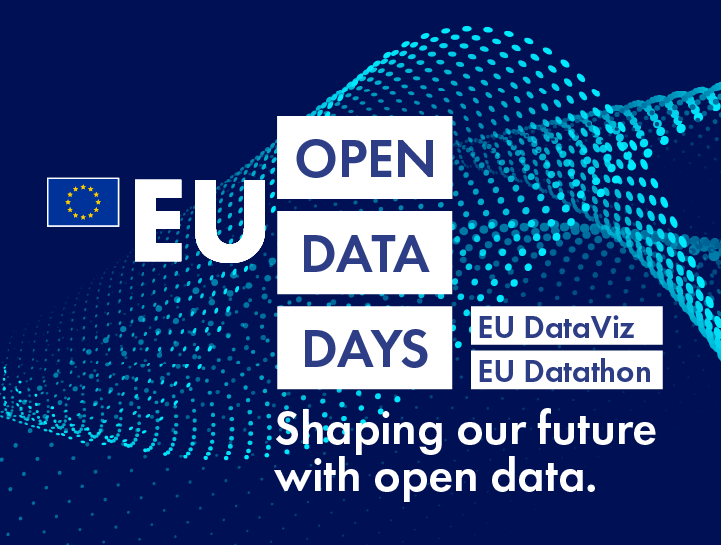
Last November, the Publications Office of the European Union organised the EU Open Data Days . Over the three days (23 – 25 November 2021), the event showed the benefits of open data to more than 2300 EU public sector representatives, citizens and businesses under the main theme: ‘ shape our future with open data’. Over 70 speakers from across the world took the floor in six thematic sessions . Each of these sessions provided an overview of innovative techniques and best practices used in both the private and public sectors. Moreover, they offered the participants valuable insights into open
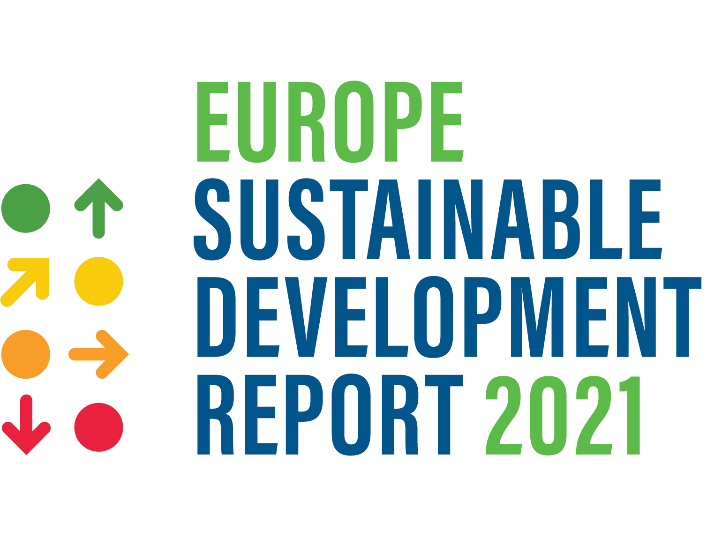
A top priority of the European Union is to help countries make their society’s greener and more digital in a way that is fair to everyone. This can be seen in the European Commission’s 2022 Strategic Foresight Report and in the EU Green Deal, which puts Europe on track to reach net-zero global warming emissions by 2050. Other European organisations are also exploring how EU countries are developing and using digital technologies, including open data, to achieve climate neutrality, reduce pollution, and increase energy efficiency. One example is the European Sustainable Development Report 2021
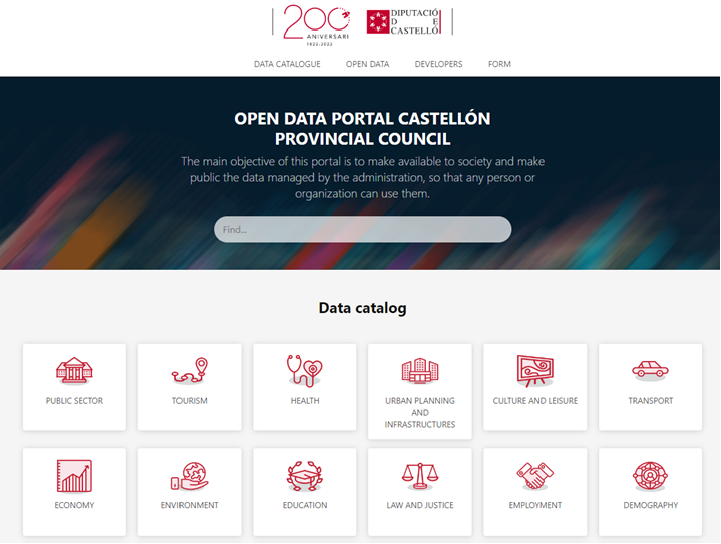
In June 2022, the Provincial Council of Castellón updated their open data portal . The update consists of several new features and datasets. Firstly, the most significant update to the portal consists of a completely new design for the webisite’s cover. The open data portal team has opted to offer a more visually intuitive redesign of the home page that supports users’ orientation in the portal. This includes highlighting specific sections, including data stories, specific datasets, and dashboards or visualisations. Secondly, the update consists of additional data that aims to address
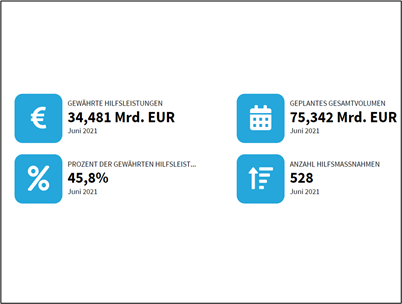
On 8 April 2022, the Austrian Court of Auditors (Rechnungshof Österreich) published its report ‘COVID-19 – Structure and scope of financial assistance measures: data update’. The report corresponds to a preliminary report published in June 2021 and offers a systematic overview of the structure and scope of the financial aid measures of the federal and state governments to address the COVID-19 pandemic. Alongside this report, selected data have been published under an open license . The open dataset includes implemented and planned aid measures for all quarters between March 2020 and June 2021
